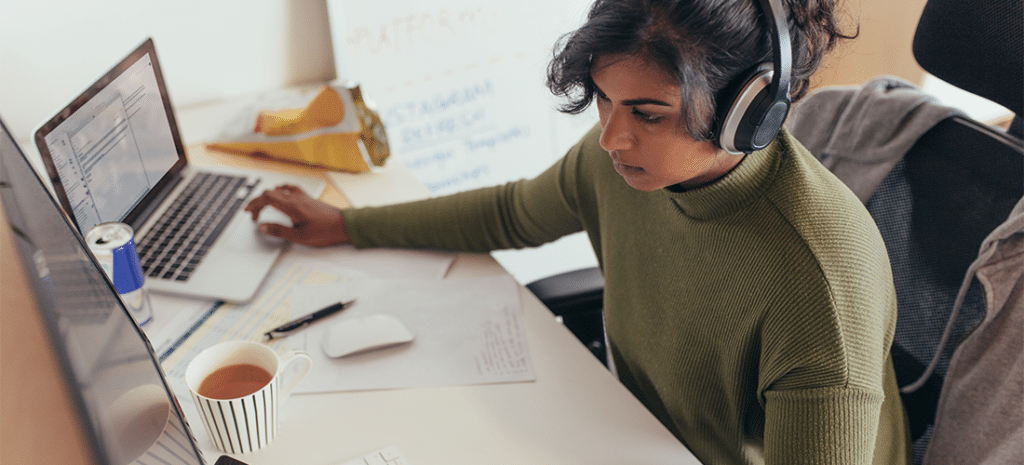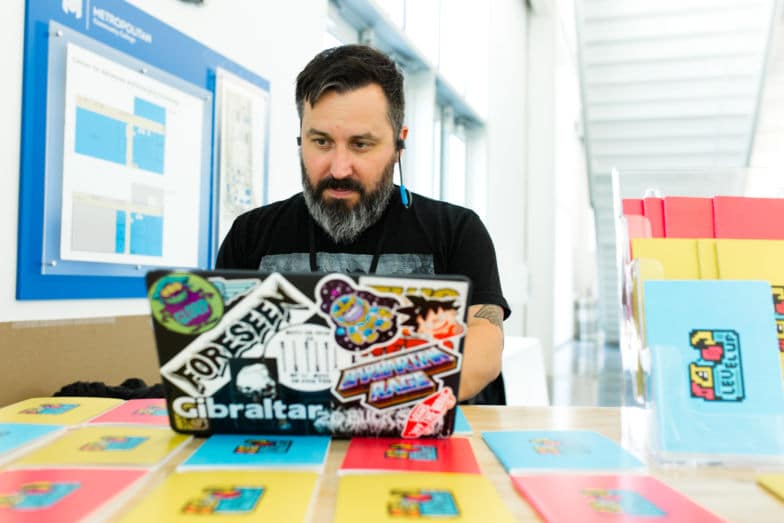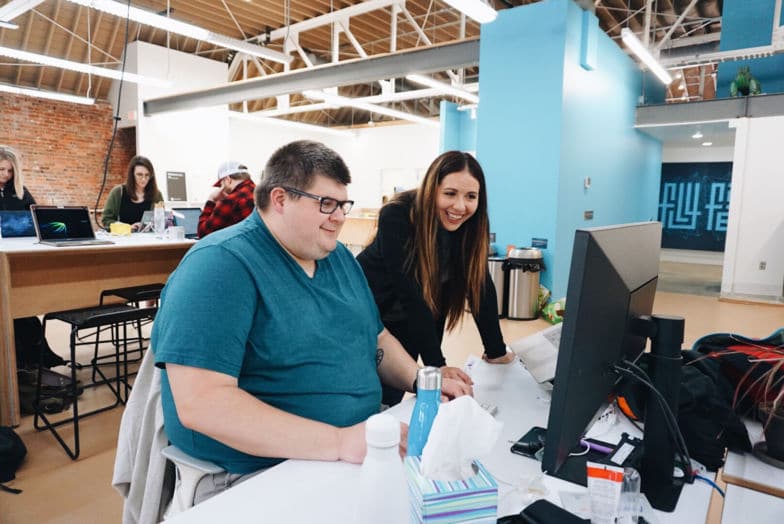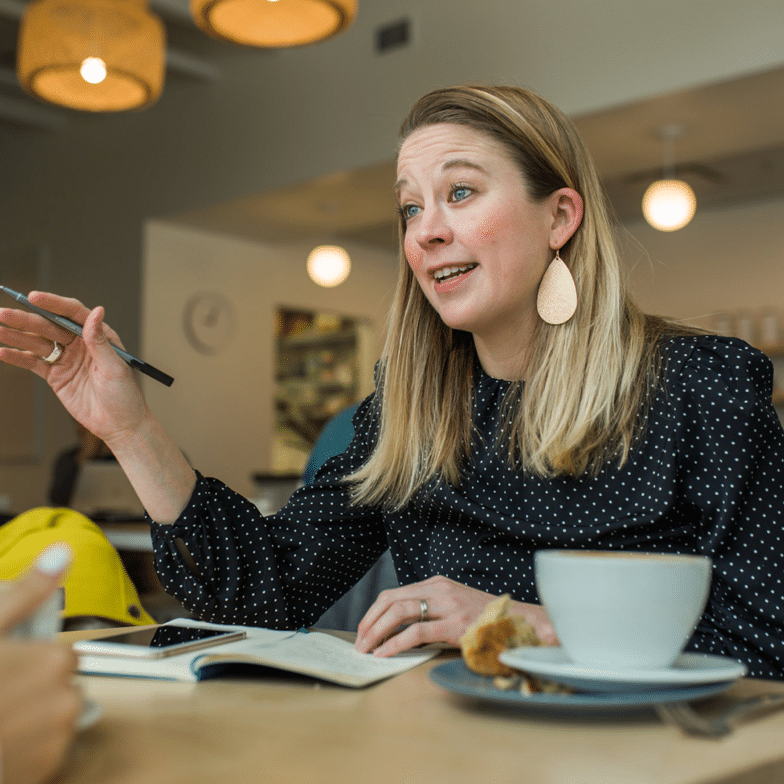
How to Create a Web Design Contract
While it may not be the most exciting part of your job as a web designer, having a legally binding contract to cover both you and your clients is imperative. You want to make sure you get paid and they want to get the work they’ve paid you for. Web design contracts are the perfect solution to make sure both parties are on the same page about the scope of work, payments, and possible consequences. So, let’s dive in and break down all things contracts.
In this article, we’ll cover:
Disclaimer: WP Engine is not a team of legal advisors and this article should not be taken as legal advice. Always consult a lawyer to ensure your contract is legally binding to protect both you and your client!
What is a Web Design Contract
A web design contract is a legally binding agreement between you and a client. It typically includes a broad overview, a clear scope of the project, specific deliverables, expectations of both parties, payments and late payment standards, legal terms and conditions, etc.

Now that you know what a web design contract is, let’s dig into why you need one. Spoiler: Every web designer should have a web design contract, no matter who you’re working with.
Why You Need a Web Design Contract
Go out and ask 20 experienced web designers if you need a contract and I guarantee every single one of them will say yes, followed by reasoning that includes, protection, lawsuits, getting paid, etc.
Here are five more reasons why you need a web design contract:
- Sets the scope of the project
- Gives a start and finish date
- Sets workflow expectations
- Defines the payment procedure
- Establishes jurisdiction in those tricky situations
Sets the scope of the project
A web design contract sets the scope of the entire project, no matter how short or long. It features any planned and scoped deliverables and services for the project. While a web design proposal somewhat outlines the project, oftentimes the scope of the project might change once you start the project. Because of this, it’s best to give your best guess in your proposal, however a contract should be accurate through and through.
Gives a start and finish date
A web design contract also outlines a start date, finish date, and any important milestones. Most web designers rely on contracts to keep not only themselves, but also their clients, accountable for deadlines. You may run into a situation where you’re waiting on content from a client to finish their site and this may push the deadline back. Here’s where you can use the contract as a gentle nudge for them to get the content to you or they’ll be charged for scope creep or late fees.
Sets workflow expectations
Depending on your clients, they may or may not understand the workflow of web design. There are several steps and review processes that need to happen throughout, so both you as their designer and them as the paying client are on the same page throughout the entire process.

Defines the payment procedure
A contract is arguably the best way to make sure you’re getting paid. Some may argue that an invoice is the best way, but if you’ve been in this field for a while, you know that when you send an invoice, clients don’t always pay right away. A contract is legally binding so if a client isn’t responding to your emails, calls, or invoices, you have the contract as a safety net.
It’s important to note that your time AND skills need to be protected, especially if you do all the work for a client and they’re refusing to pay. A contract is the best form of protection for you and your business.
Establishes Jurisdiction in those sticky situations
Dealing with client conflict as a web designer is inevitable. You may do all the right things and make all the right decisions, but you may still have difficulty working with a client. There may be a time when clients aren’t sending you the design deliverables you need to create the site, so it’s taking longer to build. Or maybe a client is asking for more work that’s outside of the scope of this project. A contract is a document you can fall back on and reference when a client is asking for more or not holding up their end of the project. As always, if there is a problem, you can always consult your lawyer.
The best reasoning for having a web design contract is accountability and protection for both parties involved. You want to make sure you’re getting paid for any and all work you’re doing for a client and the client wants the work they’re paying you for. A contract ensures that both parties adhere to the scope of work, how much it’ll cost, any additional payments that need to be made, etc. Now that we know the many reasons you should have a web design contract, let’s look at what you should include.
What to Include in Your Web Design Contract
The biggest question most web designers ask is what to include in their web design contracts. There are so many different sections and terms you can include, but here are a few ideas of what to include in your web design contract:
- An overview
- Scope of work
- Payment schedule
- Agreements and responsibilities
- Legal matters
An overview
This may seem like an obvious section to include in your web design contract, but it’s still an important one you don’t want to miss. The overview is oftentimes the only thing a client reads thoroughly, so clearly outlining the project in a few paragraphs is important. Keep it succinct and save the additional details for the next section: scope of work.
Scope of work
The scope of work section outlines every deliverable and service that is in the scope of the project. For the scope of work, make sure there’s a description paired with it that states what it is, how it relates to the work, and what’s expected of you and the client.
Consider adding these items to the scope of work:
- Design
- HTML, JavaScript, and CSS
- Graphics
- SEO
- Browser-testing
- Mobile-testing
- SEO
- Possible changes and revisions
Not sure how to organize this section? Consider organizing based on project details. You can have one section with the expected deliverables, exclusions, and the milestones for the project or organize in a way that makes the most sense for you and your clients.
Payment schedule
Most web designers know to include payment details, but you want to make sure you’re including a payment schedule as well. Whether that means payments based on milestones or based on dates, clearly outlining and highlighting that schedule to the client will save you both time and money later down the road.
Agreements and responsibilities
This section is imperative because it outlines payment details, possible late fees, late deliverables, and more. This is the section most clients should pay attention to, oftentimes don’t, and will later ask for more work to be done that’s outside of the scope of work. A great way to organize this section is by listing out your rate and estimates, the payment schedule, and then any additional payments you can foresee.

The rate, estimate, and payment schedule should be easy to list out, but what about additional items? Let’s say you’re creating an eCommerce store for a client and you need to download a plugin to add that extra functionality for the site. This is the section you’d want to list your expectations and standards for miscellaneous items like that.
Legal matters
As we stated earlier, WP Engine is not a team of lawyers and we’re definitely not the experts when it comes to the legal matters of a contract. There are lots of pieces here that only a lawyer can fill in for you, so know and understand what you want to include in your contract and then take it to a lawyer for the final stamp of approval.
Four Web Design Contract Tips
Now that you know what sections to include, you may be ready for some more specific contract tips. I’ve outlined what you should do when creating your web design contract so you can make the best web design contract for every single one of your clients.
Here are four tips for creating web design contracts:
- Maintain your brand voice
- Anticipate scope creep
- Protect yourself
- Talk to a lawyer
Maintain Your Brand Voice
When talking about payment schedules, legal terms and conditions, and copyright infringement, it’s easy to fall into the trap of legal jargon. It may seem challenging to match your brand voice with the legal jargon in contracts, but lots of web designers have mastered this skill, and so can you!
The key is to find the moments throughout a web design contract where you can incorporate your brand voice and when to turn it off and focus on the legal talk. Let’s say your brand voice leans on the side of whimsy. You probably wouldn’t want to add in any exclamation points or whimsical wording when talking about kill fees or late payments.
Anticipate Scope Creep
Scope creep is a challenge most web designers face today. By anticipating what processes often get held up or experience scope creep, you can outline strict guidelines around that to keep both you and your client accountable.
Talk to a Lawyer
Do your best to know what you want to include in your contract and always, always, always have a lawyer review before sending it to a client. It’s better to be safe than sorry!

Protect Yourself
Aside from talking to a lawyer to make sure your contract is legally binding, there are other ways to protect yourself within your contract.
One item that web designers often forget and is an easy way to protect yourself is to include a copyright ownership clause. Here’s an example of the copyright ownership clause, from the Contract Killer:
Clients also (as you probably have experienced!) cancel projects, no matter what stage of the design process you’re in. If this hasn’t happened to you yet, there’s a chance it might! Include a kill fee in your contract. A kill fee is a fee that’s charged to your client when a project is cancelled or “killed.” This ensures that no matter how far you are into a project, you have the ability to get paid if the client has signed the contract.
Conclusion
Every web designer should have a legally binding contract to cover both you and your clients, and to make sure you’re on the same page about the scope of work, payments, and possible consequences. Always consult a lawyer before sending a client a web design contract so you can protect yourself and spend more time on the work that truly matters.
To take one less concern off your plate as you reel in more clients, make sure your WordPress hosting is as performant as possible by choosing WP Engine!
